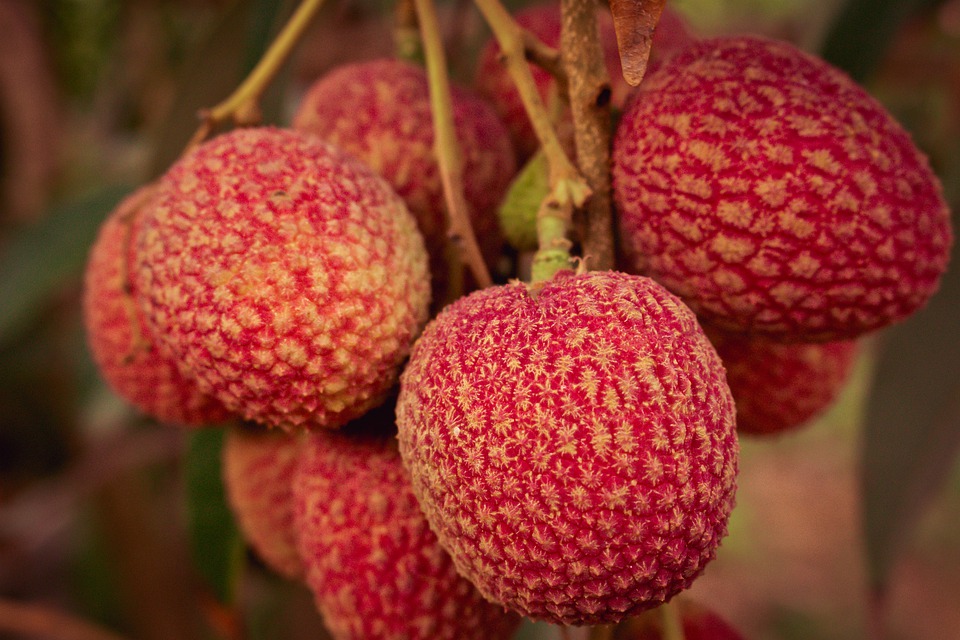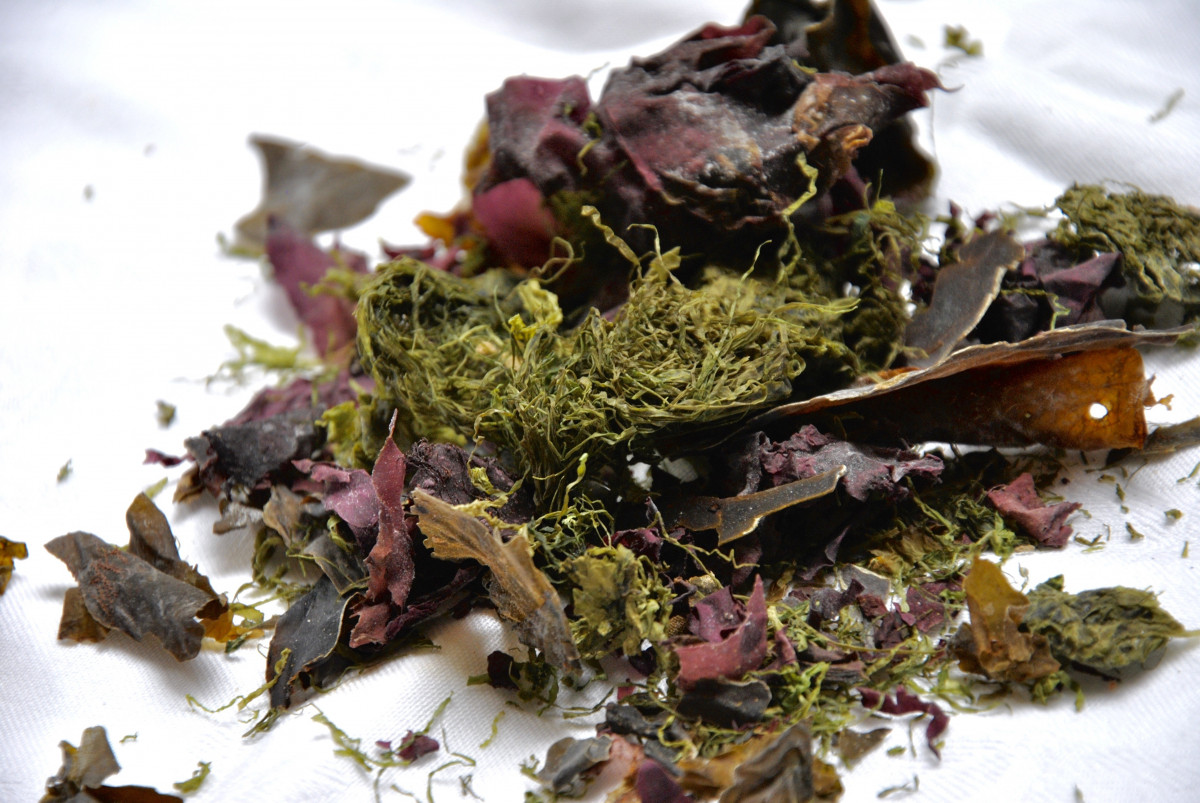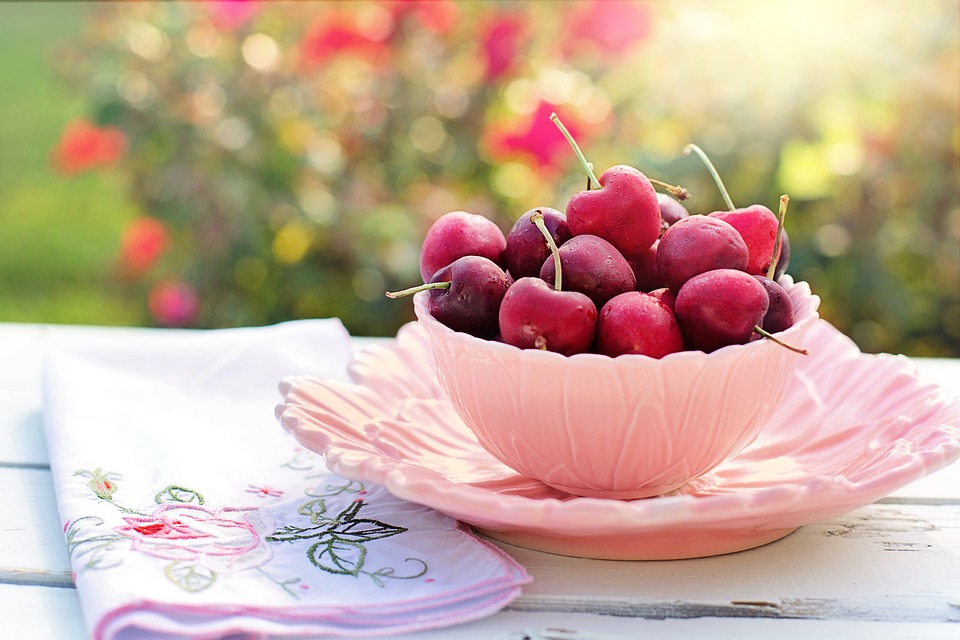Lychee is an exotic fruit tree grown in areas with hot climates and is used as an ornamental tree planted in pots or directly in gardens.
General Characteristics of Lychee – Litchi chinensis
Lychee, whose scientific name is Litchi chinensis, is a tree native to southern China. It is an evergreen member of the sugar cane family that is intensively cultivated to produce and sell its edible, thick, juicy fruit.
It is very long-lived in its native habitat, reaching 15 to 20 meters in height, with a dense, round crown supported by an upright trunk covered with brown bark. The branches can be gnarled or beige, depending on the age.
The leaves are opposite and compound, averaging 15 cm in length, consisting of two to four lanceolate leaflets with smooth margins. The consistency is leathery, and the leaf blade is shiny, naked, and dark green.
The flowers are small, white-green, or white-yellow, appearing in clusters at the tips of branches that form during the year. In general, each consists of about 100 flowers.
Flowering
Lychee flowers bloom in spring on the branches of the year. However, flowering is very delicate, and heavy rainfall during the pollination period will inhibit flowering and jeopardize the harvest. Flowering and fruiting are facilitated by a winter resting period of 0-13°C.
Exposure
It is a full sun-loving tree, although exposed at temperatures of 20-25°C and sheltered from the wind, up to two years of life, young specimens require light shade during the hottest hours of summer. Adult specimens readily tolerate short periods of intense cold but without severe frosts. In fact, below -4°C, the plant is in danger of dying. For this reason, specialized cultivation is attempted only in southern regions.
Soil
It adapts to a wide range of soil types, but for good growth and abundant fruit, it requires loose, well-drained soil rich in organic matter, preferably clayey or sandy.

Watering
Lychees need to be irrigated regularly during prolonged drought and more frequently in summer, but the soil should not be too wet or stagnant. Lack of water may cause leaf and fruit drop.
If rains are regular and frequent in winter, irrigation should be significantly reduced or stopped altogether.
Fertilization
Fertilize with ripe compost in the first year of planting, and every three months with a fertilizer rich in phosphorus (P), potassium (K), and fortified with trace elements such as boron (B) and zinc (ZN), starting in the spring and continuing throughout the growth cycle. On the other hand, lychees that have already grown to produce many fruits will need high nitrogen fertilizer.
Fruit Ripening and Harvesting
Lychee fruits ripen in late spring and summer. Harvesting is done gradually and when the skin turns pink or red.

Storage
Lychees can be stored at room temperature or in the coldest part of the refrigerator for up to two weeks.
Potted Cultivation
As an ornamental, lychee is planted on balconies and terraces in cylindrical black pots about 60 cm high filled with nutrient-rich all-purpose soil mixed with sand. Watering should be done sparingly to avoid stagnation.
The pot should be placed in a sunny location and away from the wind. Plants that are too young should be placed in the shade, especially if the summer months are excessively hot and dry.
If temperatures begin to drop significantly, lychee plants will die at temperatures below -4°C (-4°F) and should be moved to a location where they can avoid the cold.
Repotting
Repot the potted lychee every two years in a pot slightly larger than the previous one, use new all-purpose soil mixed with fertilizer, and regularly fertilize with a slow-release granular fertilizer during the growing season.
Do you love lychees? Let us know in the comments below!



